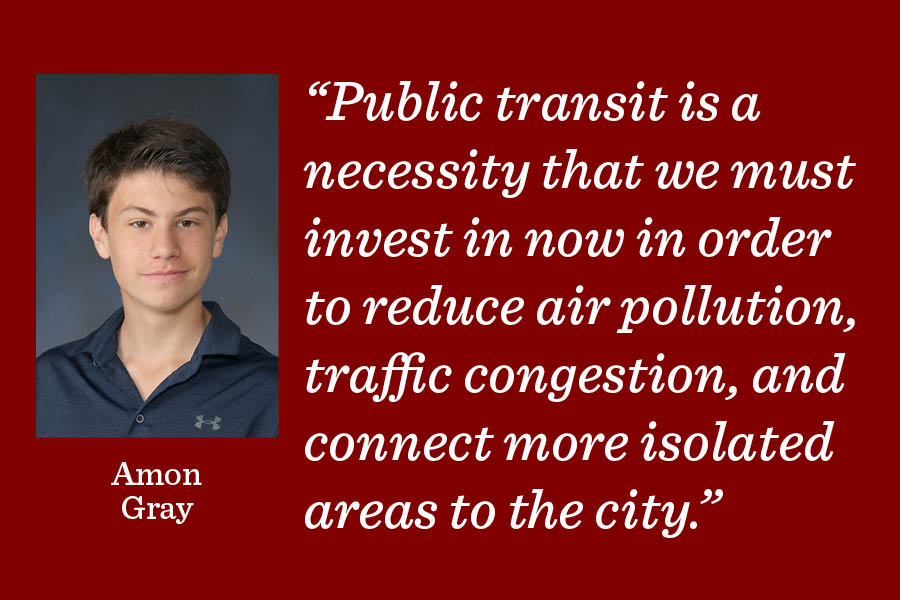Chicago’s public transit system should be reexamined and expanded
Midway staff
The City of Chicago should reexamine the roles that public transit plays in our city and discuss plans to improve and expand it, writes assistant editor Amon Gray.
February 25, 2021
Walking through downtown Chicago, the tall buildings looming overhead, one can always hear the rumblings and clatterings of Chicago’s buses and trains bringing people to, from and around the city. Chicago’s public transportation system includes CTA elevated and underground trains, CTA buses, Metra trains, taxis for the river and the street, and over 200 miles of protected bike lanes. Public transportation is deeply embedded in Chicago’s culture. According to a ranking by AllTransit, Chicago’s public transportation is the sixth best in the country, based on 547,628 jobs accessible within a 30-minute trip, 11 transit routes within a half mile and 29.5% of commuters who use transit.
The City of Chicago should reexamine the roles that public transit plays in our city and discuss plans to improve and expand it.
Public transit is a necessity that we must invest in now to reduce air pollution, traffic congestion and to connect more isolated areas to the city. According to the American Lung Association’s “State of Lung” report, Chicago is the 18th most polluted city in the United States when examining ozone pollution. The report found, on average, 14 “unhealthy ozone days” between 2015 and 2017 largely due to vehicle emissions. Unhealthy air can cause serious problems especially for people who have pre-existing medical conditions. In recent years, these numbers have been trending upward. One way we can control the amount of pollution from vehicle emissions by taking public transportation. The CTA has also taken steps to reduce harmful emissions. It began a project to convert buses from diesel to electric power in 2014. While these buses are still in testing for now, they would improve air quality as well as eliminate more than 2 million tons of greenhouse gases each year, according to a report created by the U.S. PIRG Education Fund and Environment America Research with the Policy Center and Frontier Group.
According to the Global Traffic Scorecard, Chicago is the second-most traffic-congested city in the United States. This study concluded that the average Chicago commuter wasted 145 hours in traffic in 2019. More frequently using public transportation and expanding the public transportation system would make it easier to move more people through more densely populated areas of the city. Also, according to an analysis from the National Safety Council, the state of Illinois saw an 11 percent increase in fatal crashes in the first quarter of 2020 compared to the first quarter of 2019. According to the International Journal of Environmental Research and Public Health, traffic congestion heavily influences road safety especially in urban environments. With a more expansive public transportation system, we will reduce the number of cars on the road and therefore reduce congestion
Expansion of public transportation could also connect “transportation deserts” to the center city. An outer loop encircling the city would begin to solve the problem of access to public transportation. Housing prices near easily accessible public transportation are the most expensive. This leaves areas who need the access without the resources to do so. An expansion into lower-income areas could make essential services that are not within walking distance more available.
In 2018, Gov. J.B. Pritzker signed the Rebuild Illinois Act, which spent $23 billion on road repair. However, driving in the city is not sustainable. We need to address these problems before they become impossible to control, and the best way to do that is to ensure that we have a robust transportation system that is sustainable and accessible.




























































